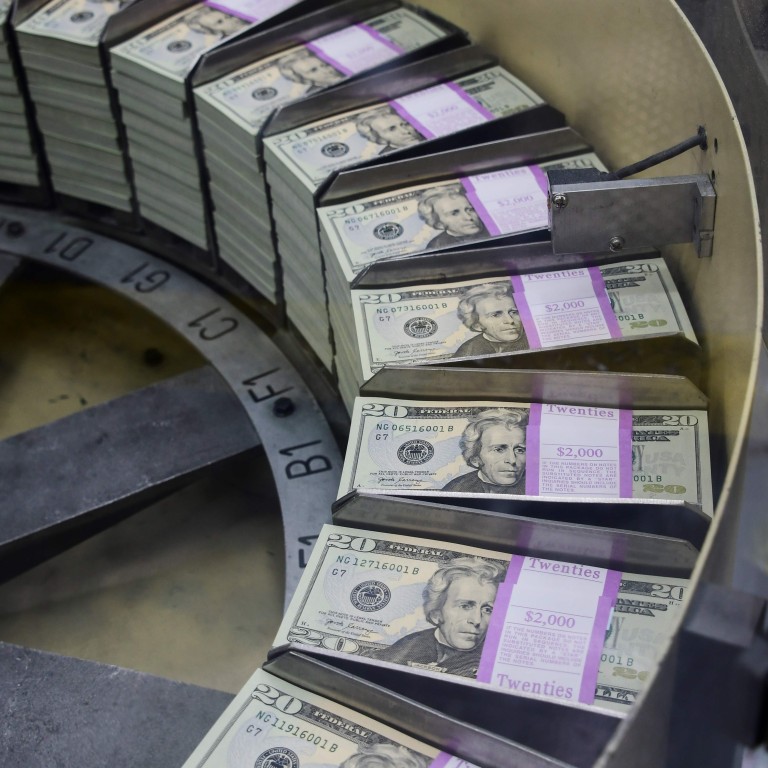
The Federal Reserve should not be helping the US become a closet currency manipulator
- The US central bank does not have a strong case for a rate cut and a looser policy. With a widely expected rate cut imminent, the Fed chief might be bowing to pressure from Donald Trump to weaken the dollar
But in congressional testimony in mid-July, Federal Reserve chair Jerome Powell was understood to have all but promised a cut in interest rates sooner than later, possibly followed by more. A dove was born.
On the face of it, there is little to justify a policy reversal. The United States central bank has a dual mandate: maximising employment and stabilising prices. It is doing well on both fronts.
A looser monetary policy cannot offset policy uncertainty in any lasting way. On the contrary, a rate cut will give the haphazard policymakers more rope, leading to bigger perils down the road
What about stabilising prices?
At 1.6 per cent, inflation in June was the feeblest in four months. Even so, such a level hardly signals deflationary threats. Average monthly inflation so far this year stands at 1.7 per cent, close enough to the inflation target of 2 per cent.
The kind of stuff that Mario Draghi’s and Haruhiko Kuroda’s dreams are made of.

Even assuming the trade war escalates, the loss in US economic output would be a mere 0.13 per cent, according to estimates by the Peterson Institute for International Economics.
Is the Fed cutting rates to save the US economy from Trump?
It is unreasonable to conclude that in such a scenario, meaningful deflationary pressures would set in. Instead, more US tariffs would lift inflation to the Fed’s numerical target.
The main downside risk to the US economy is the Trump administration’s slapdash way of introducing policies.
But a looser monetary policy cannot offset policy uncertainty in any lasting way. On the contrary, a rate cut will give the haphazard policymakers more rope. This will lead to bigger perils down the road.
Alas, if the US is trying to be a currency manipulator it won’t work. Other central banks have turned more dovish too, thwarting desired dollar depreciation. The trade-weighted dollar has lost only a sixth of its strength since the beginning of 2018.
What Donald Trump got wrong about China’s economic decline
On July 31, Powell is expected to announce the Board of Governors’ decision to cut rates. It will be another step towards putting the central bank’s independence from financial markets and political interests in doubt.
Moritz Kraemer is the chief economic adviser of Acreditus, a Dubai-based financial advisory firm, and a former chief global ratings officer for sovereigns at S&P Global

